Tap into Success – Zip Code Estimates for Fire Safety Excellence!
- Accurancy
- Efficiency
- Transparency
- Customization
- Time Saving
- Professionalism
- Cost Control
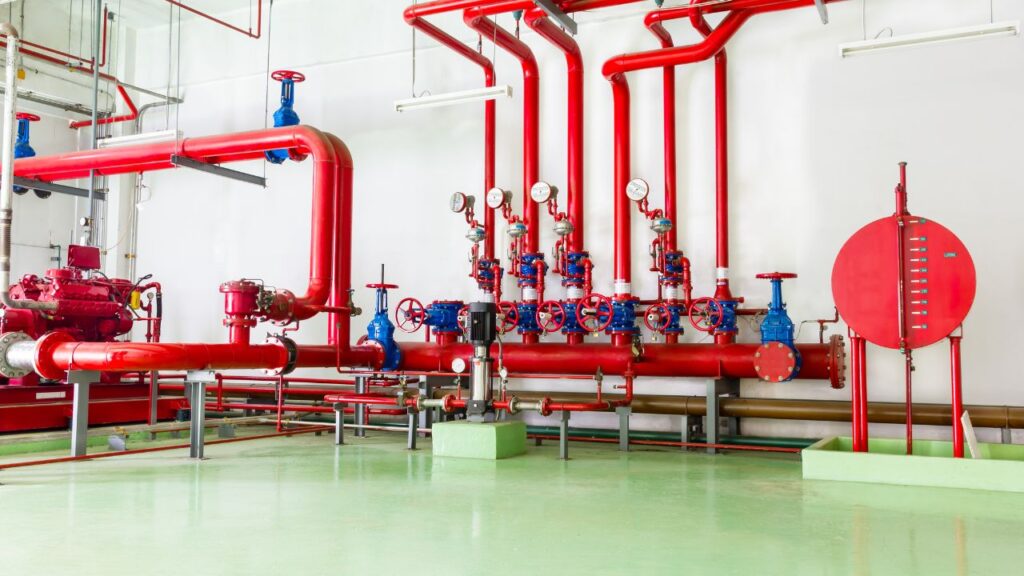
In the intricate and ever-evolving landscape of healthcare, ensuring the safety of patients, staff, and critical assets stands as an unequivocal top priority. The bustling nature of hospitals, with their multifaceted functionalities and constant activity, necessitates the implementation of robust fire protection systems. The potential risks associated with fire emergencies in such dynamic environments underscore the critical importance of proactive measures to mitigate and manage these risks effectively.
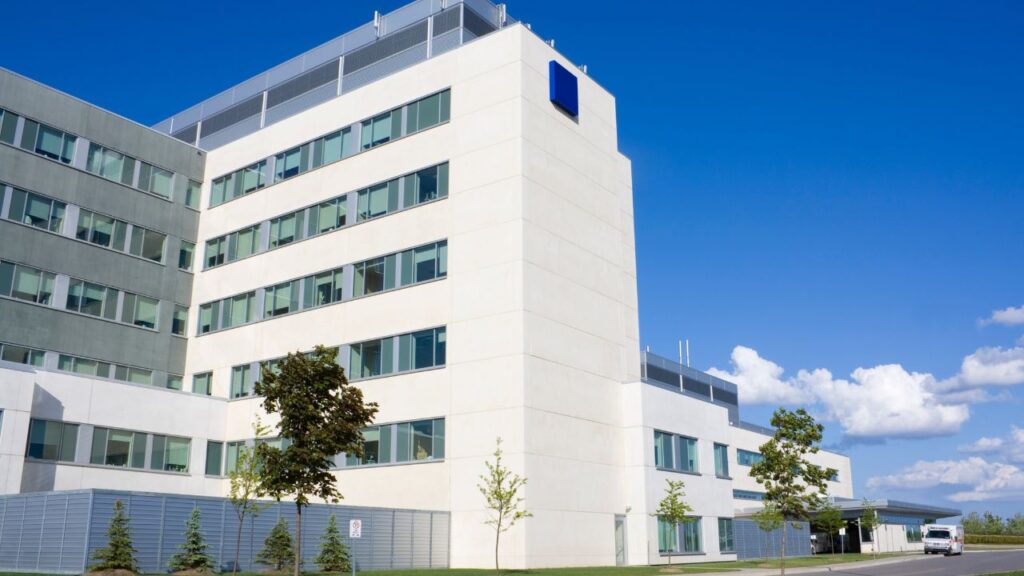
Hospitals, often likened to bustling hubs of activity, encompass a wide array of functions ranging from patient care and diagnostics to administrative operations. Consequently, the design and implementation of fire protection systems must be intricately tailored to meet the unique and diverse requirements of these healthcare institutions. Recognizing the multifaceted nature of hospitals is fundamental in developing comprehensive fire protection strategies that account for various vulnerabilities and intricacies inherent in their operational structure.
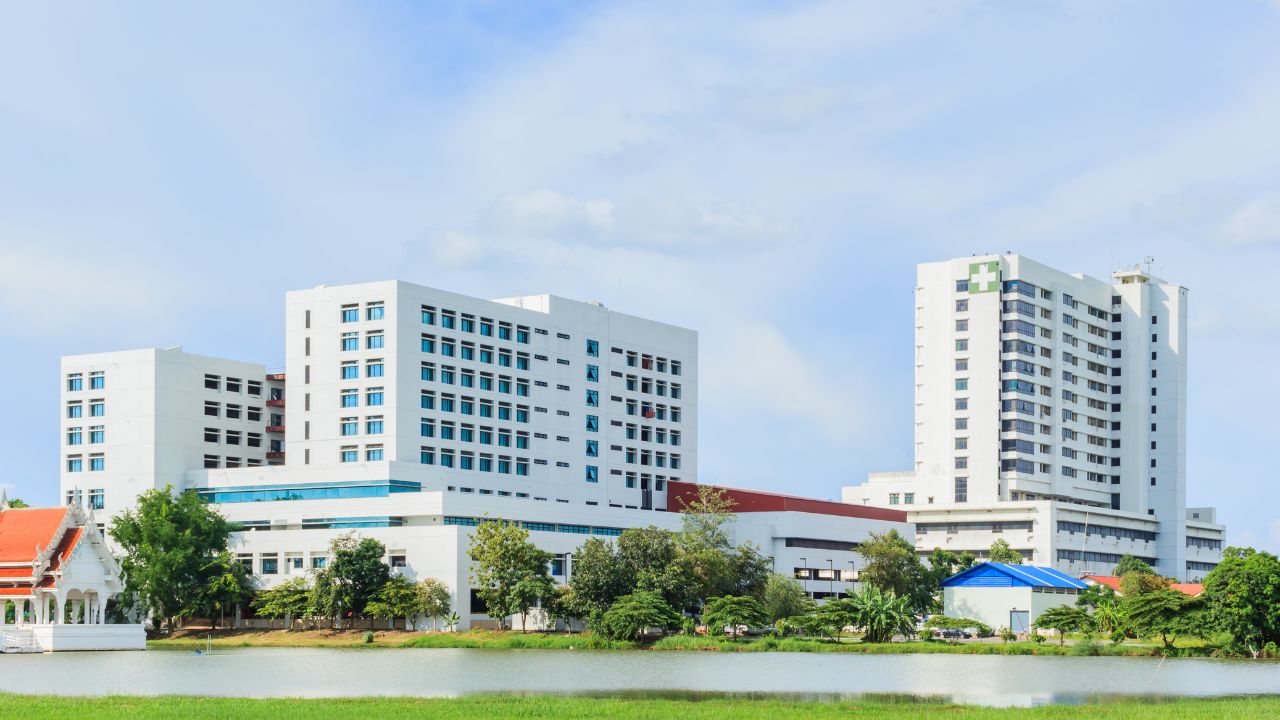
Fully Insured License
Hire Contractor For Hospital Construction
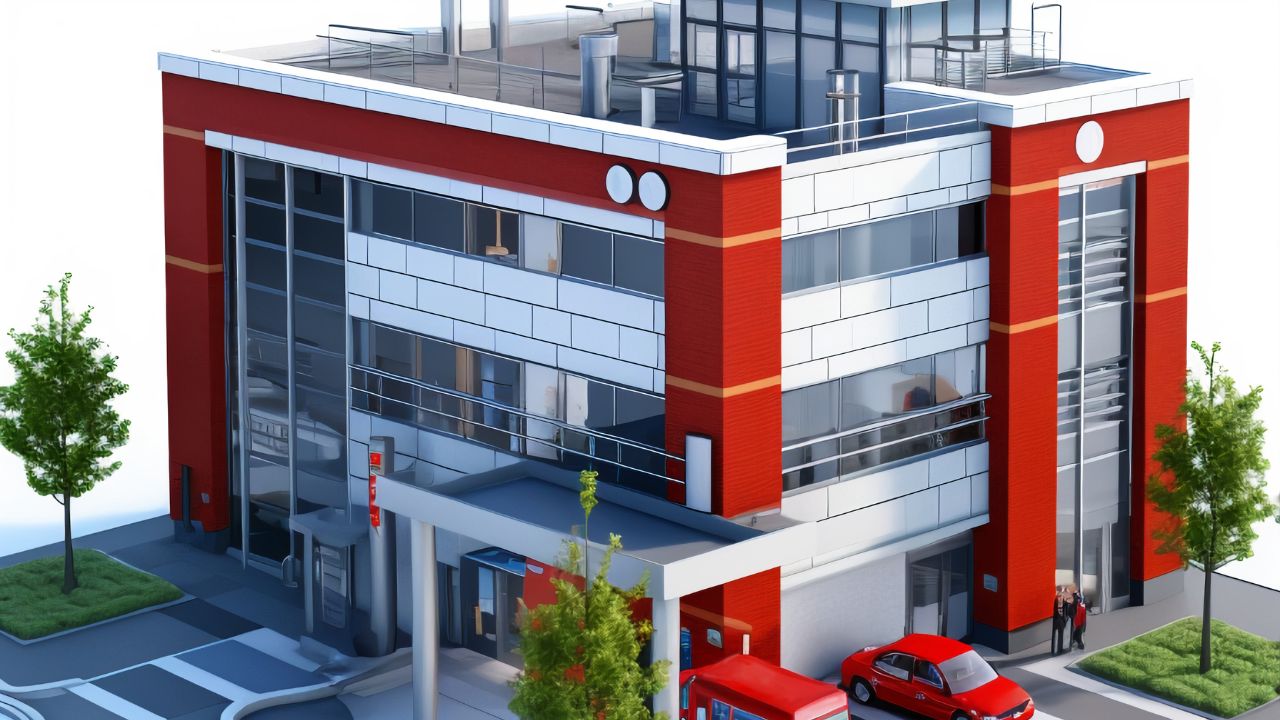
Make Informed Design Decisions Showcase Your Design Ideas
Get RenderingAt the core of efficient fire protection planning for hospitals lies the crucial role played by accurate cost estimation. Developing a comprehensive cost estimate serves as a strategic roadmap, providing healthcare administrators with invaluable insights to make well-informed decisions regarding fire protection investments. These estimates encompass a spectrum of considerations, including the selection of appropriate fire detection and suppression technologies, installation of fire-resistant materials, and the implementation of evacuation protocols. Through meticulous cost estimation, hospitals can allocate resources effectively, striking a balance between the imperative of safety and fiscal responsibility.
Understanding the distinct requirements of hospital buildings is paramount in establishing effective fire protection measures. The complex infrastructure, the presence of high-value medical equipment, and the need for uninterrupted healthcare services all contribute to the intricate nature of these requirements. Consequently, a tailored approach to fire protection, informed by an in-depth understanding of the hospital’s layout and functionalities, is essential. Accurate cost estimation becomes the linchpin in this process, facilitating the identification and implementation of measures that address the specific challenges posed by the healthcare environment.
Crafting a budget for hospital fire safety involves a multifaceted approach. It encompasses not only the installation of fire prevention and suppression systems but also factors in ongoing maintenance, training programs, and compliance measures. A well-thought-out budget ensures that the hospital is adequately prepared to handle fire emergencies without compromising patient care.
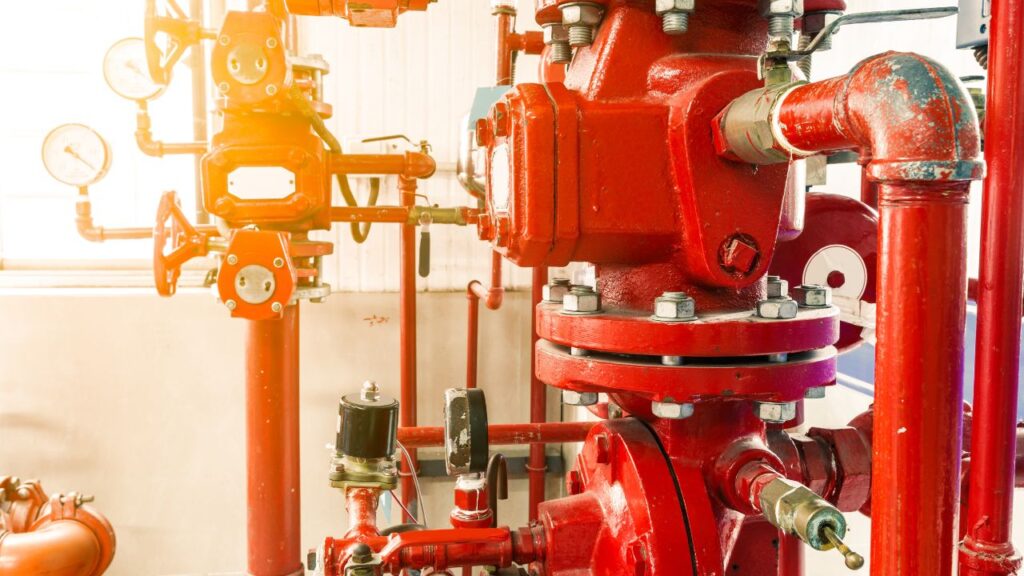
Component | Estimated Costs |
Smoke Detectors | $50,000 – $150,000 |
Heat Detectors | $30,000 – $80,000 |
Fire Alarm Systems | $20,000 – $70,000 |
Total for Fire Detection Systems | $100,000 – $300,000 |
Component | Estimated Costs |
Installation and Maintenance | $100,000 – $500,000 |
Total for Sprinkler Systems | $100,000 – $500,000 |
Component | Estimated Costs |
Purchase and Installation | $20,000 – $50,000 |
Total for Fire Extinguishers | $20,000 – $50,000 |
Component | Estimated Costs |
Routine Inspections | $10,000 – $30,000 per year |
System Upgrades | $50,000 – $100,000 (every 5-10 years) |
Total for Ongoing Maintenance | Varies annually |
Component | Estimated Costs |
Staff Training | $20,000 – $50,000 |
Drills/Simulations | $10,000 – $30,000 per year |
Total for Training Programs | $30,000 – $80,000 per year |
Component | Estimated Costs |
Regulatory Compliance | $5,000 – $20,000 |
Documentation/Reporting | $5,000 – $15,000 per year |
Total for Compliance Measures | $10,000 – $35,000 per year |

Component | Estimated Costs |
Emergency Communication Systems | $30,000 – $100,000 |
Evacuation Planning | $20,000 – $50,000 |
Total for Emergency Response Planning | $50,000 – $150,000 |
Component | Estimated Costs |
Building Modifications | $50,000 – $200,000 |
Escape Routes | $10,000 – $30,000 |
Total for Infrastructure and Construction | $60,000 – $230,000 |
Component | Estimated Costs |
Advanced Fire Safety Technologies | $100,000 – $500,000 |
Total for Technology and Innovation | $100,000 – $500,000 |
Component | Estimated Costs |
Unforeseen Expenses | 5-10% of the total budget |
Total for Contingency and Emergency Funds | Varies based on budget |
Component | Estimated Costs |
Periodic Audits | $10,000 – $30,000 per audit |
Total for Review and Continuous Improvement | Varies based on audit frequency |
Note: These costs are general cost estimations and actual cost can be different based on project size, complexity and location.
Within the realm of hospital fire protection, the implementation of fire suppression systems, such as fire sprinklers, gas-based suppression systems, and water mist systems, stands as a critical cornerstone. These systems are not one-size-fits-all; their effectiveness hinges on a detailed cost estimate that carefully considers the specific needs of the hospital. Variables like the size of the facility, occupancy levels, and the nature of medical services provided are integral components in crafting a tailored fire protection strategy.
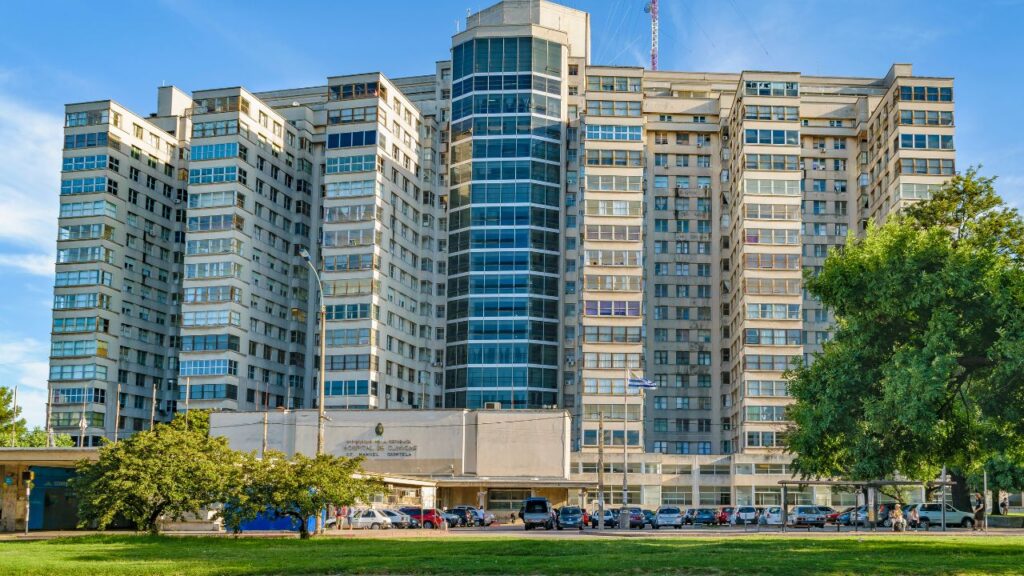
A comprehensive cost estimate ensures that the chosen suppression systems align seamlessly with the unique requirements of the healthcare environment, providing a robust defense against potential fire emergencies.
Component | Estimated Costs |
Installation and Equipment | $2 – $7 per square foot |
System Upgrades (every 15-20 years) | $30,000 – $100,000 |
Total for Fire Sprinkler Systems | Varies |
Component | Estimated Costs |
Installation and Equipment | $50,000 – $200,000 |
Ongoing Maintenance (per year) | $5,000 – $20,000 |
Total for Gas-Based Suppression Systems | Varies |
Component | Estimated Costs |
Installation and Equipment | $10,000 – $50,000 |
Ongoing Maintenance (per year) | $3,000 – $15,000 |
Total for Water Mist Systems | Varies |
Component | Estimated Costs |
Consulting and Design | $10,000 – $30,000 |
Integration with Existing Systems | $5,000 – $15,000 |
Total for Comprehensive Fire Protection Strategy | Varies |
Component | Estimated Costs |
Size of the Facility | Varies based on square footage |
Occupancy Levels | Influence system capacity and design |
Nature of Medical Services | Specialized areas may require specific suppression measures |
Total for Tailoring to Hospital Specifics | Varies |
Category | Estimated Costs |
Low End | $100,000 – $300,000 |
Mid Range | $300,000 – $700,000 |
High End | $700,000 – $1,500,000+ |
This table provides a breakdown of estimated costs for different fire suppression systems and elements of a comprehensive fire protection strategy in a hospital setting. Keep in mind that these are general estimates, and actual costs may vary based on specific project requirements and conditions.
In the intricate tapestry of hospital fire protection, the significance of early detection cannot be overstated. Advanced fire alarm systems play a pivotal role in preventing the escalation of fire incidents by triggering prompt responses. The hospital’s fire protection plan must incorporate these sophisticated alarm systems, and a meticulous cost estimate is indispensable in covering the expenses associated with their installation and seamless integration. From state-of-the-art sensors to interconnected notification systems, the cost estimate guides healthcare administrators in making informed decisions to fortify the hospital’s defense against the threat of fire.
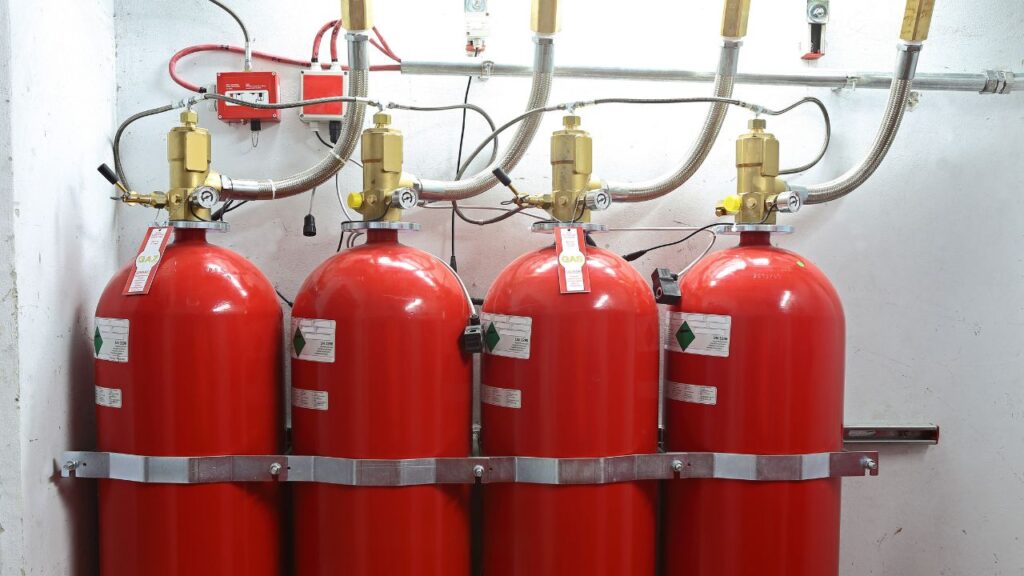
Category | Estimated Costs |
Consulting Fees | $5,000 – $15,000 |
Design and Planning | $10,000 – $30,000 |
Total for Consultation and Design | $15,000 – $45,000 |
Component | Estimated Costs |
Smoke Detectors | $200 – $500 per unit |
Heat Detectors | $150 – $400 per unit |
Fire Alarm Control Panel | $5,000 – $15,000 |
Notification Devices (Horns, Strobes) | $300 – $800 per device |
Emergency Communication System | $10,000 – $20,000 |
Total for Fire Alarm System Components | Varies |
Component | Estimated Costs |
Labor Costs (Electricians, Technicians) | $20,000 – $50,000 |
Wiring and Conduit | $5,000 – $15,000 |
Mounting and Hardware | $2,000 – $5,000 |
Total for Installation Costs | $27,000 – $70,000 |
Component | Estimated Costs |
System Testing | $5,000 – $15,000 |
Commissioning Services | $3,000 – $10,000 |
Total for Testing and Commissioning | $8,000 – $25,000 |
Component | Estimated Costs |
Staff Training | $5,000 – $15,000 |
Total for Training Programs | $5,000 – $15,000 |
Component | Estimated Costs |
Routine Inspections and Maintenance | $2,000 – $5,000 per year |
System Upgrades (every 5-10 years) | $5,000 – $20,000 |
Total for Ongoing Maintenance | Varies annually |
From small to large projects, residential to commercial, we’re here to help you win. Fast results guaranteed.
Component | Estimated Costs |
Contingency Fund | 5-10% of the total budget |
Total for Contingency | Varies |
$75,000 – $250,000 or more
Note: These costs are general cost estimations and actual cost can be different based on project size, complexity and location.
Meticulous planning for the safe and swift evacuation of patients, staff, and visitors during a fire emergency is a paramount aspect of hospital fire protection. The cost estimate extends its purview to encompass the development and implementation of comprehensive evacuation plans. This includes considerations for signage, training programs, and regular drills to ensure that all occupants are well-prepared and can navigate the evacuation process seamlessly. By factoring in these elements, the cost estimate contributes to the creation of a resilient emergency response framework, enhancing the overall safety of the hospital environment.
A proactive approach to hospital fire protection involves building or retrofitting facilities with fire-resistant construction materials. This strategic measure adds an additional layer of safety, providing a buffer against the rapid spread of fire. The cost estimate takes into account the expenses associated with incorporating these specialized materials into the construction or retrofitting processes. By investing in fire-resistant materials, hospitals not only enhance the safety of occupants but also mitigate potential damages, ensuring the structural integrity of the facility in the face of a fire emergency.
Ensuring compliance with local fire codes and industry standards is non-negotiable for hospitals committed to robust fire protection. A reliable hospital building fire protection cost estimator goes beyond the physical components, factoring in the expenses associated with meeting and maintaining compliance. This includes regular inspections, testing, and necessary updates to align with evolving regulations. By accounting for compliance-related costs, the cost estimate not only safeguards against legal repercussions but also reinforces the commitment to the safety and well-being of all occupants within the hospital environment.
The intricate nature of hospital environments demands a meticulous and tailored approach to fire protection. Accurate cost estimation, as provided by Estimate Florida Consulting, serves as the linchpin in crafting comprehensive fire protection strategies. From fire detection systems to emergency response planning, our cost estimates enable healthcare administrators to allocate resources effectively, striking a balance between safety imperatives and fiscal responsibility. By navigating the unique requirements of hospital buildings, our services ensure that fire protection measures are not only robust but also aligned with the dynamic nature of healthcare operations. With a commitment to compliance and a focus on continuous improvement, Estimate Florida Consulting stands as a reliable partner in fortifying hospitals against the potential risks of fire emergencies.
Accurate cost estimation is essential for hospital fire protection planning as it provides healthcare administrators with a strategic roadmap. It allows for well-informed decisions regarding fire protection investments, considering various factors such as the selection of detection and suppression technologies, installation of fire-resistant materials, and implementation of evacuation protocols. This ensures that resources are allocated effectively, striking a balance between safety imperatives and fiscal responsibility.
The cost estimation process considers the intricate nature of hospital buildings, including complex infrastructure, high-value medical equipment, and the need for uninterrupted healthcare services. By tailoring fire protection measures to the specific layout and functionalities of the hospital, accurate cost estimation becomes the linchpin in identifying and implementing measures that address the unique challenges posed by the healthcare environment.
The cost estimation covers various components, including fire detection systems (smoke detectors, heat detectors, fire alarm systems), fire suppression systems (sprinkler systems, gas-based suppression systems, water mist systems), ongoing maintenance, training programs, compliance measures, emergency response planning, infrastructure and construction, technology and innovation, contingency and emergency funds, and continuous improvement through periodic audits.
Yes, the estimated costs provided are general estimations and can be customized based on specific project requirements, including size, complexity, and location. Actual costs may vary, and our consultants at Estimate Florida Consulting work closely with clients to tailor cost estimates to meet the unique needs of each hospital.
Compliance with local fire codes and industry standards is integral to robust fire protection in hospitals. The cost estimation process includes expenses associated with meeting and maintaining compliance, including regular inspections, testing, and necessary updates to align with evolving regulations. By accounting for compliance-related costs, the cost estimate not only ensures legal adherence but also reinforces the commitment to the safety and well-being of all occupants within the hospital environment.
Here I am going to share some steps to get your hospital building fire protection cost estimate report.
You can send us your plan on info@estimatorflorida.com
Before starting your project, we send you a quote for your service. That quote will have detailed information about your project. Here you will get information about the size, difficulty, complexity and bid date when determining pricing.
Our team will takeoff and estimate your project. When we deliver you’ll receive a PDF and an Excel file of your estimate. We can also offer construction lead generation services for the jobs you’d like to pursue further.

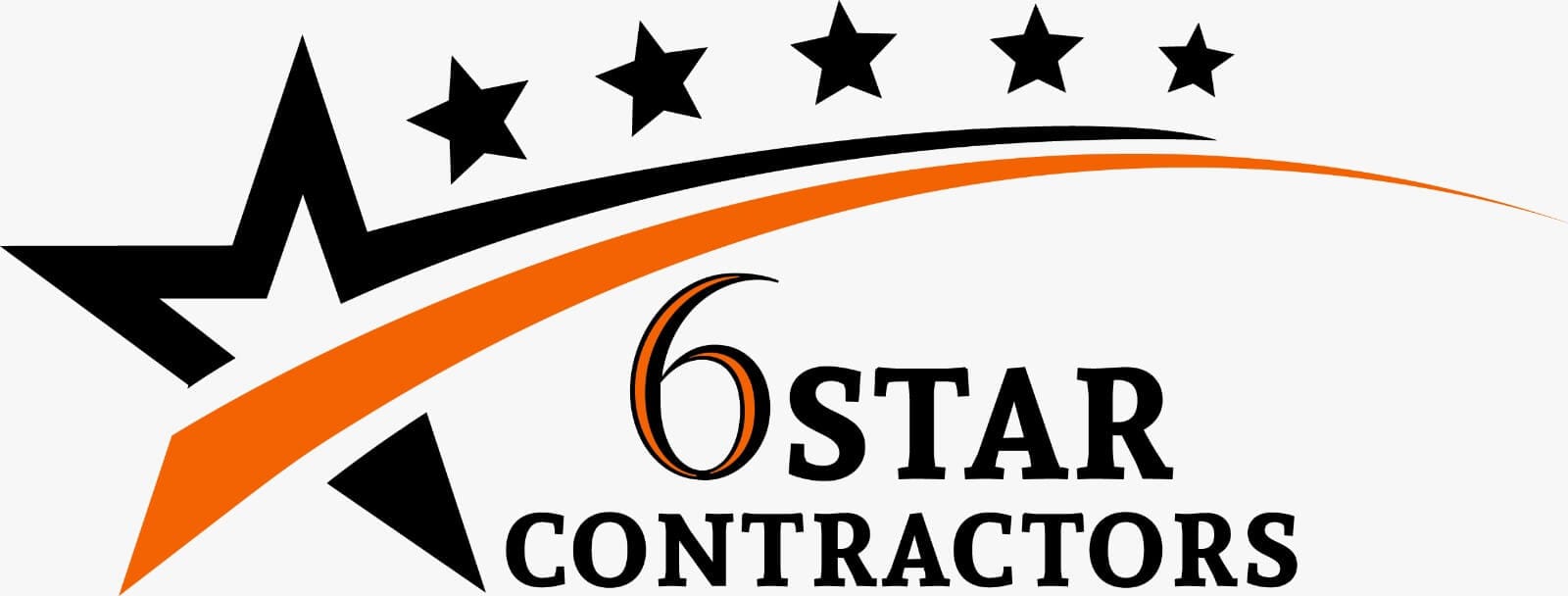

561-530-2845
info@estimatorflorida.com
Address
5245 Wiles Rd Apt 3-102 St. Pete Beach, FL 33073 United States
561-530-2845
info@estimatorflorida.com
Address
5245 Wiles Rd Apt 3-102 St. Pete Beach, FL 33073 United States
All copyright © Reserved | Designed By V Marketing Media | Disclaimer